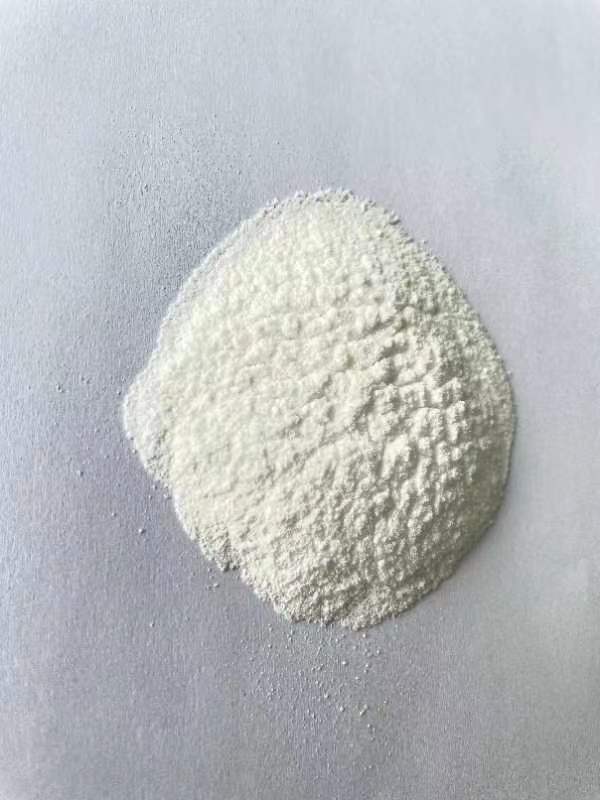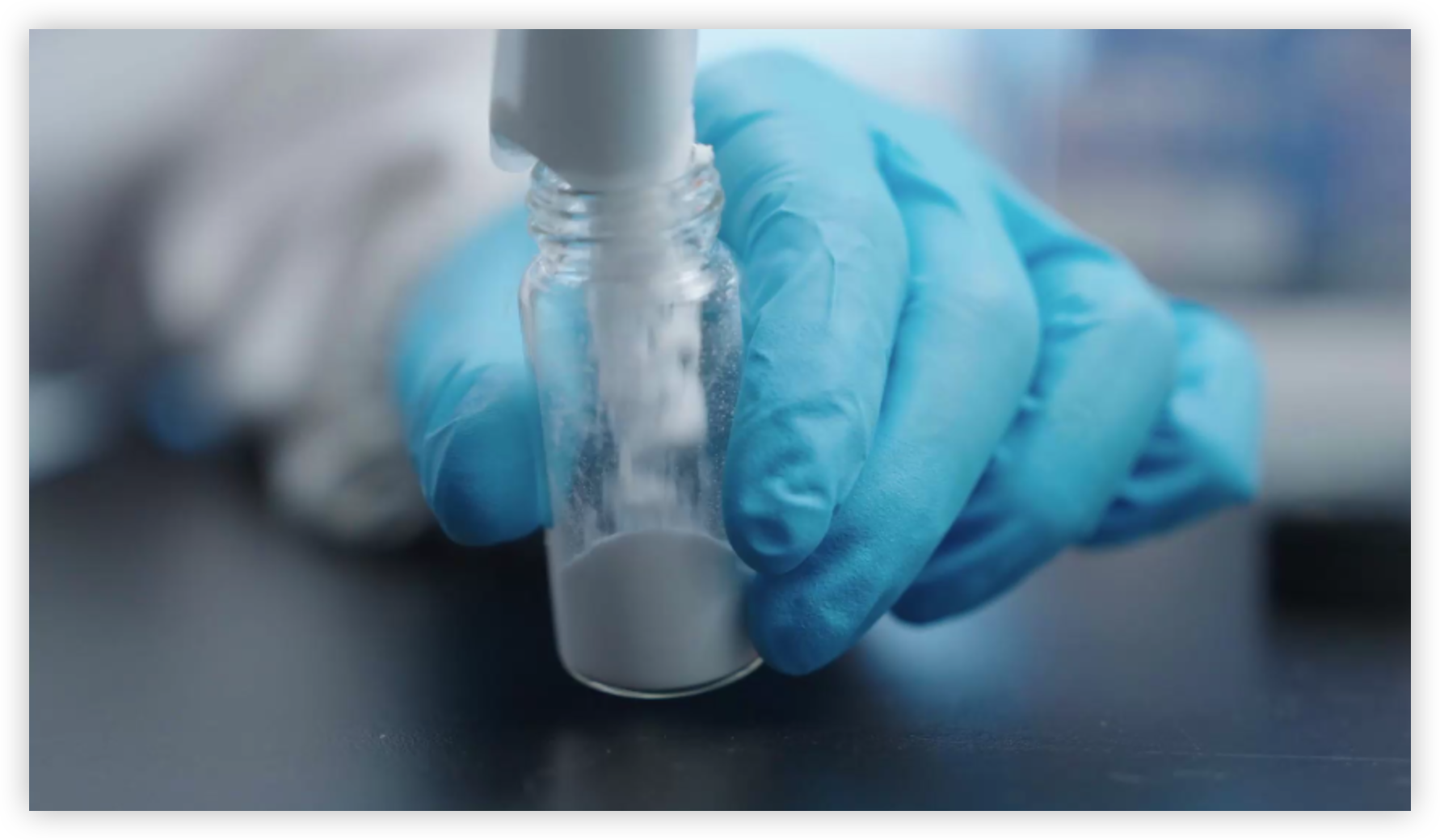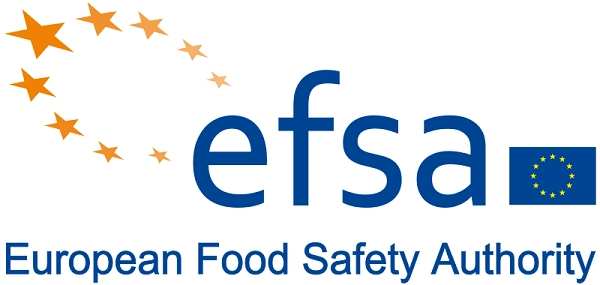
Human milk oligosaccharides (HMOs) are naturally presents in breast milk. The content of HMOs is highest in colostrum with a number of 20-25g/L, and about 5-20g/L in mature milk, making it the third most abundant solid component after lactose and lipids..
According to different structural types, HMOs are mainly divided into:
(1) Neutral fucosylated HMOs. Such as 2 '- fucosylactose (2' - FL) and 3-fucosylactose (3-FL).
(2) Neutral non fucosylated HMOs. Like lactose-N-tetrasaccharides (LNT) and lactose-N-neotetrasaccharides (LNnT).
(3) Acidic sialylated HMOs. Like 3 '- sialic lactose (3' - SL) and 6 '- sialic lactose (6' - SL)
2 '- FL has the highest content among them in the secreted breast milk (about 80% of the population of mother in China). It is also the one that been approved earliest and most studied one globally.
Currently, the approved HMOs are mainly prepared by microbial fermentation, which is suitable for industrial production and environmentally friendly. The HMOs produced by this process are structurally identical to those naturally present in breast milk.
For HMOs produced by microbial fermentation, relevant animal toxicology experiments and clinical population trials have been conducted both domestically and internationally on their safety in infant formula food, and the results have confirmed that HMOs are safe.
In China, safety evaluations of production strains and final products of HMOs produced by microbial fermentation are conducted separately, and strict approval procedures are in place to ensure the safety of HMOs used in food.


HMOs have been applied internationally for many years. The first infant formula with HMOs added was launched in the United States in 2015. Subsequently, commercial products incorporating HMOs have been launched in over 160 countries and regions worldwide, including Europe, America, the Middle East, Asia Pacific, and Latin America. The product types include infant formula food, adult nutrition products, milk and dairy products, functional beverages, dietary supplements and functional foods related to digestive health.
The approved application scope in China is: it can be used as a food nutritional enhancer in the preparation of milk powder (limited to children's milk powder), infant formula food, and special medical infant formula food.
[1]中国食品科学技术学会.母乳低聚糖(HMOs)的科学共识[J].中国食品学报,2023,23(06):452-457.DOI:10.16429/j.1009-7848.2023.06.044.
[2] URASHIMA T, KATAYAMA T, FUKUDA K, et al. Human milk oligosaccharides and innate immunity[M]//Comprehensive Glycoscience:Volume 5. 2nd edition. Oxford: Elsevier, 2020: 389 -439
[3] BOSHEVA M, TOKODI I, KRASNOW A, et al. Infant formula with a specific blend of five human milk oligosaccharides drives the gut microbiota development and improves gut maturation markers: A randomized controlled trial[J]. Frontiers in Nutrition, 2022, 9: 920362.
[4] GOEHRING K C, MARRIAGE B J, OLIVER J S, et al. Similar to those who are breastfed, infants fed a formula containing 2' –fucosyllactose have lower inflammatory cytokines in a randomize d controlled trial[J]. The Journal of Nutrition, 2016, 146(12): 2559 -2566.
[5] ELISON E, VIGSNAES L K, RINDOM KROGSGAARD L, et al. Oral supplementation of healthy adults with 2' -O-fucosyllactose and lacto-N-neotetraose is well tolerated and shifts the intestin al microbiota[J]. The British Journal of Nutrition, 2016, 116(8): 1356 -1368.
[6] IRIBARREN C, TÖRNBLOM H, AZIZ I. Human milk oligosaccharide supplementation in irritable bowel syndrome patients: A parallel, randomized, double-blind, placebo-controlled study [J]. Neurogastroenterology & Motility, 2020, 32(10): e13920.
[7] CHO S, ZHU Z, LI T, et al. Human milk 3'-Sialyllactose is positively associated with language development during infancy[J]. American Journal of Clinical Nutrition, 2021, 114(2): 588 -597.